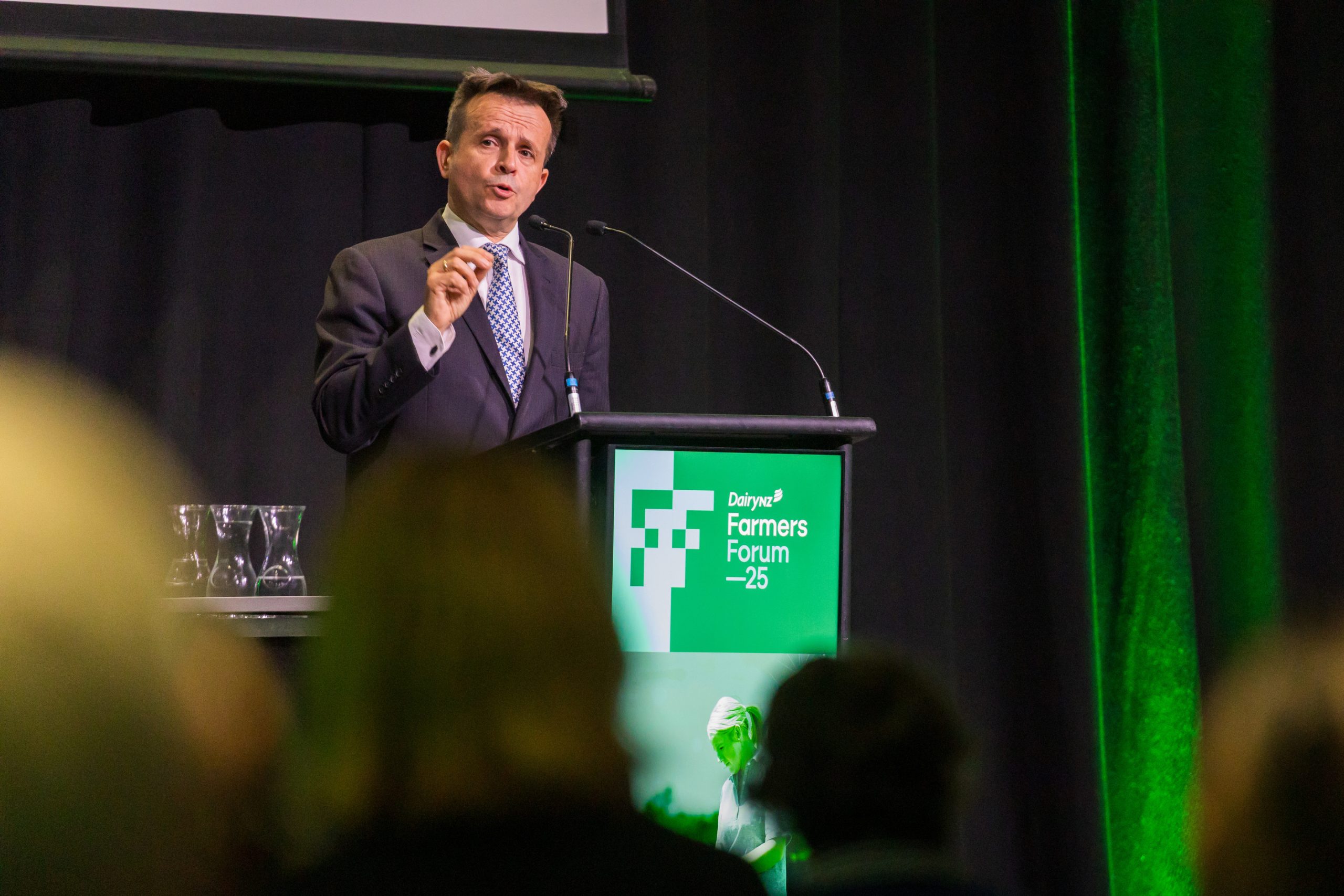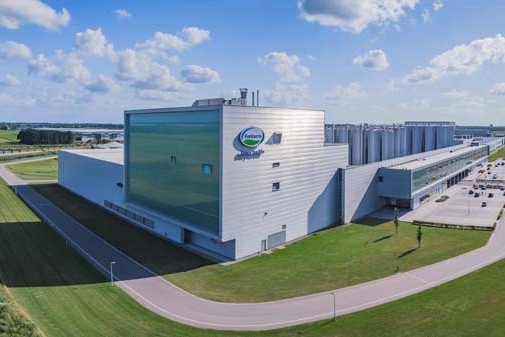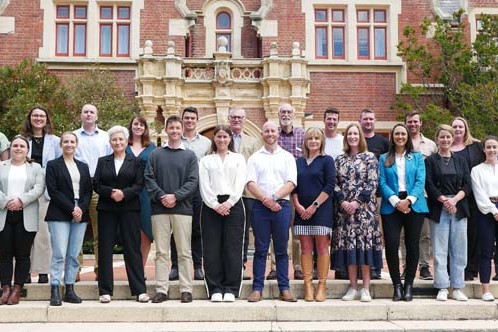Realities of dairy tariffs
Global tariffs are ricocheting around the world in a new era of uncertainty regarding trade negotiations and the commitment to those agreements.

Global tariffs are ricocheting around the world in a new era of uncertainty regarding trade negotiations and the commitment to those agreements.
“The jungle has grown back. All the big players are starting to step outside the rules, and the world is a much more uncertain place now,” is how Deputy Secretary of the Trade and Economic Group, Vangelis Vitalis, described the current geopolitical situation to the DairyNZ Farmers’ Forum in Hamilton.
The ‘golden weather’ age of trade from 1995 to about 2017 has long gone, he says.
“There was a reasonable assumption that over the next 15–20 years, from 2015, tariffs would really bottom out. Protectionism, whether through subsidies or tariffs, was coming down. This was a wonderful period.
“We are not there anymore. We are in a much more challenging situation. The big guys think they can operate outside the rules. We are in a world of incredible turbulence and uncertainty. That is not something we are used to.”
In addition to the geopolitical challenges, the wars in Ukraine and the Middle East are affecting trade, particularly for a distant economy like New Zealand, which relies on shipping products through key channels. That uncertainty alone was equivalent to a tariff, estimated to be between 12–20%, Vitalis says.
A key focus for the New Zealand Ministry of Foreign Affairs and Trade was on negotiating new Free Trade Agreements (FTAs), but equally important was maintaining and protecting New Zealand’s current FTAs amid this global turbulence.
“This is not just about the United States and President Trump,” says Vitalis. “It’s about what we do to respond to this changing environment.”
Trade and trade agreements were particularly important to the dairy sector, which faces some of the highest international trade barriers.
“The average agricultural tariff is 24%; the average tariff for dairy is in excess of 47%. The tariff equivalent in several major markets we export to – if we didn’t have free trade agreements – would be in excess of 100%.”
For example, the tariff equivalent into the European Union without a trade agreement would exceed 132%, and over 180% into Japan.
“These are colossal figures,” says Vitalis. “And there is no sign of them coming down unless you have these free trade agreements in place.”
It’s not just tariffs that are the issue, it’s also the subsidies other countries provide to support their farmers, he said. Even a small change in subsidies could significantly impact prices. A 50% cut by the European Union in subsidies for cheese producers would lead to an 8% increase in international prices, he explained. The focus now was on resilience: protecting the trade agreements already in place and seeking new opportunities.
“Seventy per cent of New Zealand trade is covered by trade agreements. That’s how we build resilience. That’s how we provide certainty. There are a whole lot of advantages New Zealand has over its competitors through those agreements.”
Trade agreements gave New Zealand greater certainty, provided an advantage over competitors, and levelled the playing field.
“We were one of the last countries to negotiate a trade agreement with the European Union. Effectively, all we’ve done is catch up and level the playing field with our competitors.”
One of the government’s top priorities is negotiating with India, but the challenge – especially for dairy – is significant. The 60% tariff on dairy is too steep for anyone to trade over.
“India has never opened its market up to dairy, and to quote my counterpart: ‘If we ever open up to dairy, it will never be to New Zealand’,” said Vitalis. “They are really worried about the competitiveness of you [New Zealand dairy farmers]. That is going to be a really big task: how do you get access for New Zealand dairy to this colossal new market?”
When reviewing existing FTAs, one of the biggest challenges was around environmental policy, he said. In 2018, the World Trade Organization estimated there were just under 1,000 new environmental measures affecting trade. By 2023, that figure had grown to more than 3,200.
Vitalis told farmers that during the European Union and United Kingdom FTA negotiations, he fielded hundreds of questions – most of them around the environment and the sustainability of New Zealand products.
Two examples of the questions he was asked:
- “What is so sustainable about giving New Zealand a competitive advantage when your consumer goods have to travel 19,000 km in sea containers or cargo planes before they reach our supermarkets? How will you address the methane emissions that result?”
- “Do you agree that it is unfair to expect EU farmers to become more sustainable and comply with nitrogen rules, while at the same time opening the door to products from New Zealand farmers with ‘lower nitrogen standards’?”
Nearly 85% of the questions from the United Kingdom were about the environment, and another 10% concerned animal welfare. In the European Union, of the 900 questions received, an estimated 92% were about the environment.
“I do not think that in three or five years’ time, when these agreements come up for renewal, there will be fewer questions about the environment and our sustainability,” concluded Vitalis. “It is a reminder to be on our game in terms of the story we tell, how we tell it, and ensuring that it is credible.”





